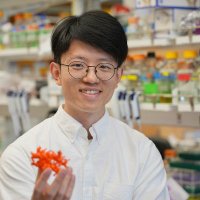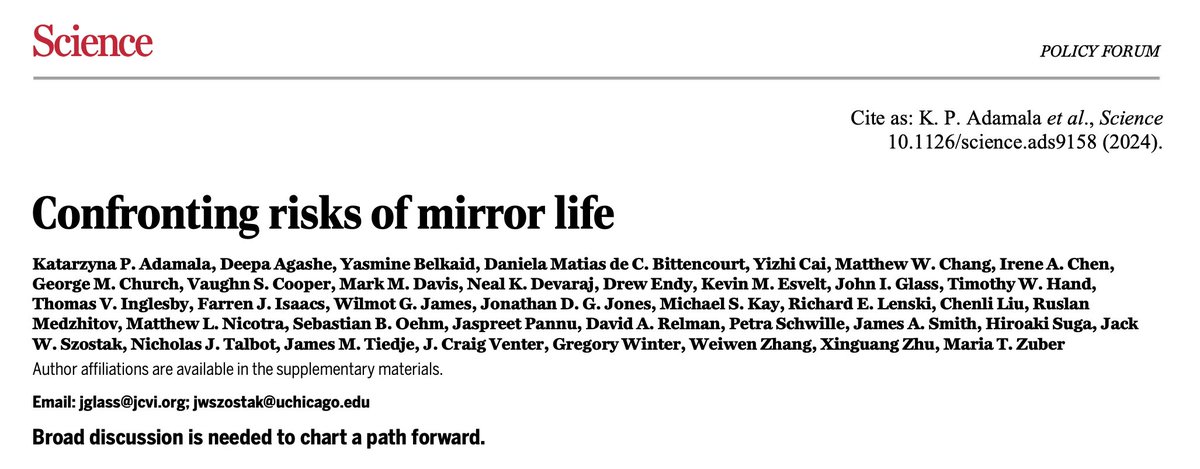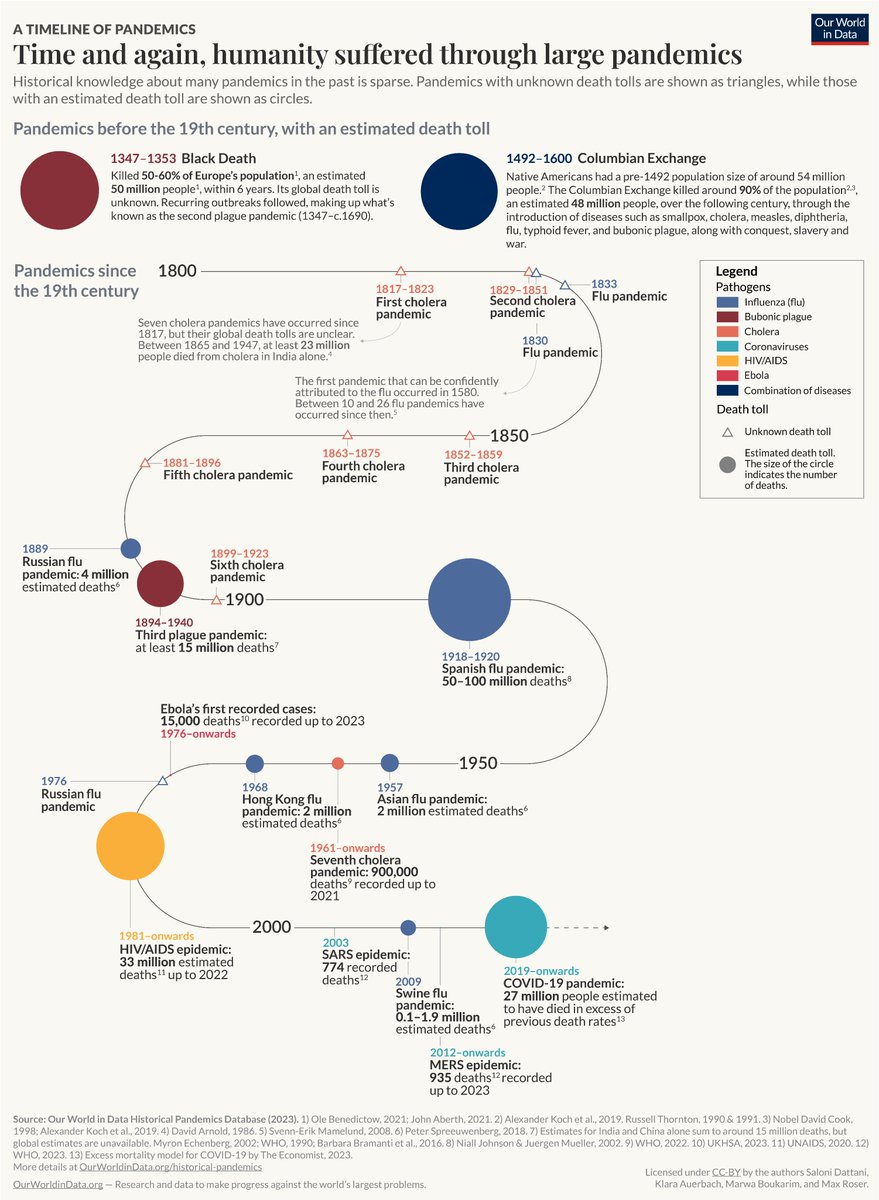
Sebastian Oehm
@sebastian_oehm
Synthetic biology, biosecurity, therapeutics
ID: 811137293981511680
20-12-2016 09:12:55
525 Tweet
722 Followers
786 Following





The work by Chintan Soni on a Translation-Independent Directed Evolution Strategy to Engineer Aminoacyl-tRNA Synthetases is finally out! NSF Center for Genetically Encoded Materials pubs.acs.org/doi/10.1021/ac…






The capability for producing "mirror life" is out there and poses danger. When some scientists who worked on this became aware, they stopped pursuing it, and co-authored this piece, along with over 30 leading scientists—a Science Magazine policy forum that lays out the risks






